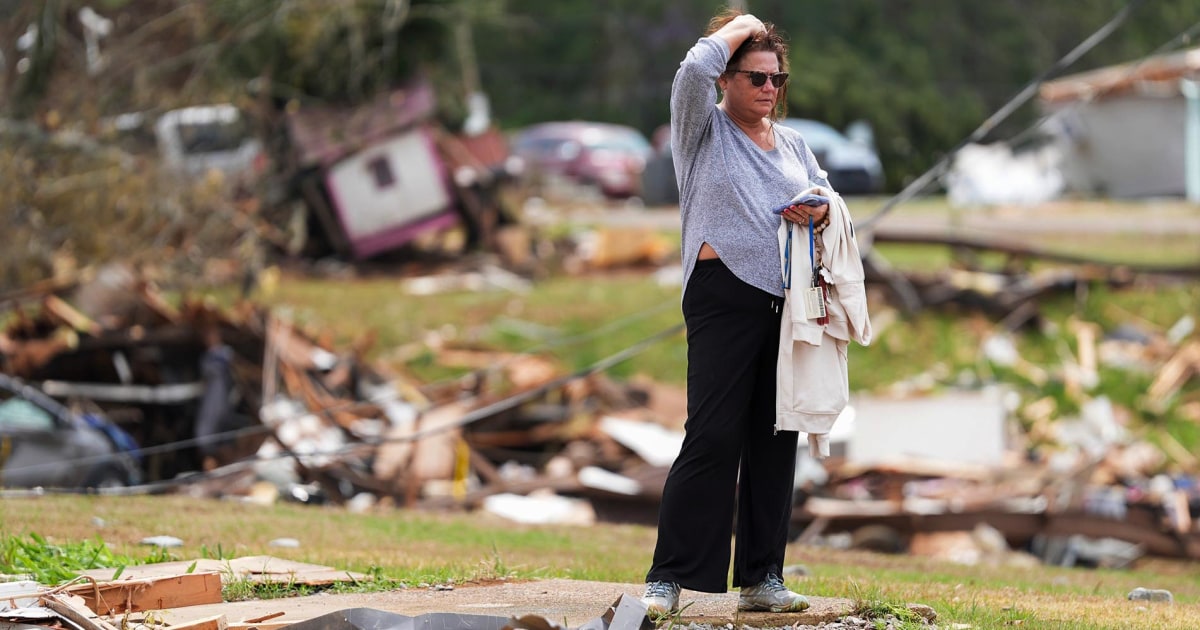Central US Faces Historic Flooding Threat Amid Relentless Rainfall
Communities across the central United States are battling catastrophic flooding as relentless rainfall inundates multiple states, prompting emergency declarations and mass evacuations. Meteorologists warn this week’s extreme weather could trigger “generational flooding” affecting millions from Nebraska to Missouri. With river levels approaching historic highs and soil saturation at 98% in some areas, the region faces prolonged threats to infrastructure, agriculture, and public safety.
States of Emergency Declared as Rivers Overflow
Governors in four states activated National Guard units after the National Weather Service (NWS) issued rare “high risk” flood warnings for 12 river basins. The Mississippi and Missouri River systems have already surpassed major flood stages at 18 monitoring stations, with water levels still rising. Federal Emergency Management Agency (FEMA) records show:
- Over 200,000 acres of farmland underwater in Iowa alone
- 17 levees compromised or breached as of Wednesday morning
- Floodwaters covering highways across 300+ road segments
“This isn’t just another flood season—we’re seeing hydrological conditions that statistically occur maybe once every 75 years,” said Dr. Elaine Porter, a hydrologist with the U.S. Geological Survey. Her team’s modeling suggests some areas could experience flows exceeding the 1993 Great Flood benchmarks by 15-20%.
Human Toll and Community Impacts
Rescue teams have conducted over 1,200 high-water operations since Monday, with particular concern for rural communities where aging flood control systems are failing. In Rock Valley, Iowa, the entire 4,000-person population received mandatory evacuation orders after the Rock River rose six feet in eight hours.
“We’ve lost our home, our crops, and possibly our livelihood,” said dairy farmer Marcus Yang, standing waist-deep in water surveying his submerged barn. “The speed of this disaster caught everyone off guard—there was no time to move equipment or livestock.”
Urban areas aren’t spared either. Omaha’s wastewater treatment facility shut down temporarily after floodwaters overwhelmed backup generators, while Kansas City activated its emergency operations center following power outages affecting 30,000 residents.
Climate Connections and Weather Patterns
The current crisis stems from a collision of meteorological factors:
- A stalled low-pressure system pulling moisture from the Gulf of Mexico
- Soil already saturated from 150% of normal spring rainfall
- Exceptionally high snowmelt runoff from northern states
“We’re witnessing climate change amplify traditional weather patterns,” explained atmospheric scientist Dr. Priya Vasquez. “Warmer air holds more moisture, and when these systems park over vulnerable areas, the results are devastating.” Her research indicates such extreme precipitation events have increased 37% in frequency since 1958 across the Midwest.
Economic and Agricultural Consequences
With planting season interrupted, agricultural economists project losses could exceed $3 billion—a figure that doesn’t account for long-term soil damage. The USDA reports:
- Corn planting delays in 60% of Iowa’s key growing regions
- Livestock feed shortages developing across five states
- Grain transport paralyzed by barge traffic suspensions
“The ripple effects will hit grocery stores within months,” warned commodities analyst Derek Whitman. “When you combine flooded fields with transportation breakdowns, we’re looking at potential food price spikes nationwide.”
Response Efforts and Future Preparedness
Federal agencies have deployed 14 disaster response teams while the Army Corps of Engineers works around the clock to reinforce levees. However, many question whether infrastructure built for 20th-century climate conditions can handle new realities.
“After every major flood, we talk about improving defenses, then budgets get cut,” said former FEMA administrator Craig Fugate. “The 2023 Infrastructure Bill included $6 billion for flood mitigation, but most projects won’t be operational until 2027.”
Meanwhile, residents face agonizing decisions about rebuilding. “Our great-grandparents settled this land in 1880, but how many times can you start over?” asked Missouri resident Lila Johansen, whose family has been flooded out three times since 2015.
Looking Ahead: Long-Term Recovery Challenges
As waters eventually recede, communities will confront:
- Mold outbreaks in 40% of affected structures (CDC estimate)
- Drinking water contamination risks lasting weeks
- Mental health crises among displaced populations
Climate adaptation experts urge immediate action on floodplain mapping updates and buyout programs for repetitive-loss properties. “We need to stop pretending these are freak events,” said Dr. Vasquez. “This is the new normal, and our policies must reflect that reality.”
For those seeking to help, the American Red Cross is accepting donations for flood relief efforts and coordinating volunteer teams. With weather models predicting more rain systems next week, the region’s toughest challenges may still lie ahead.
See more Your Daily Weather


